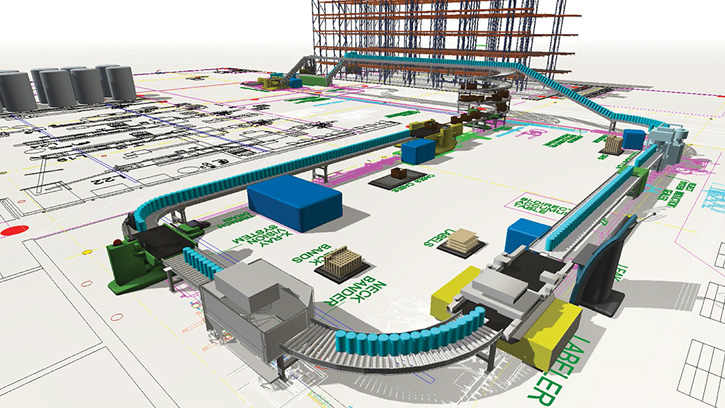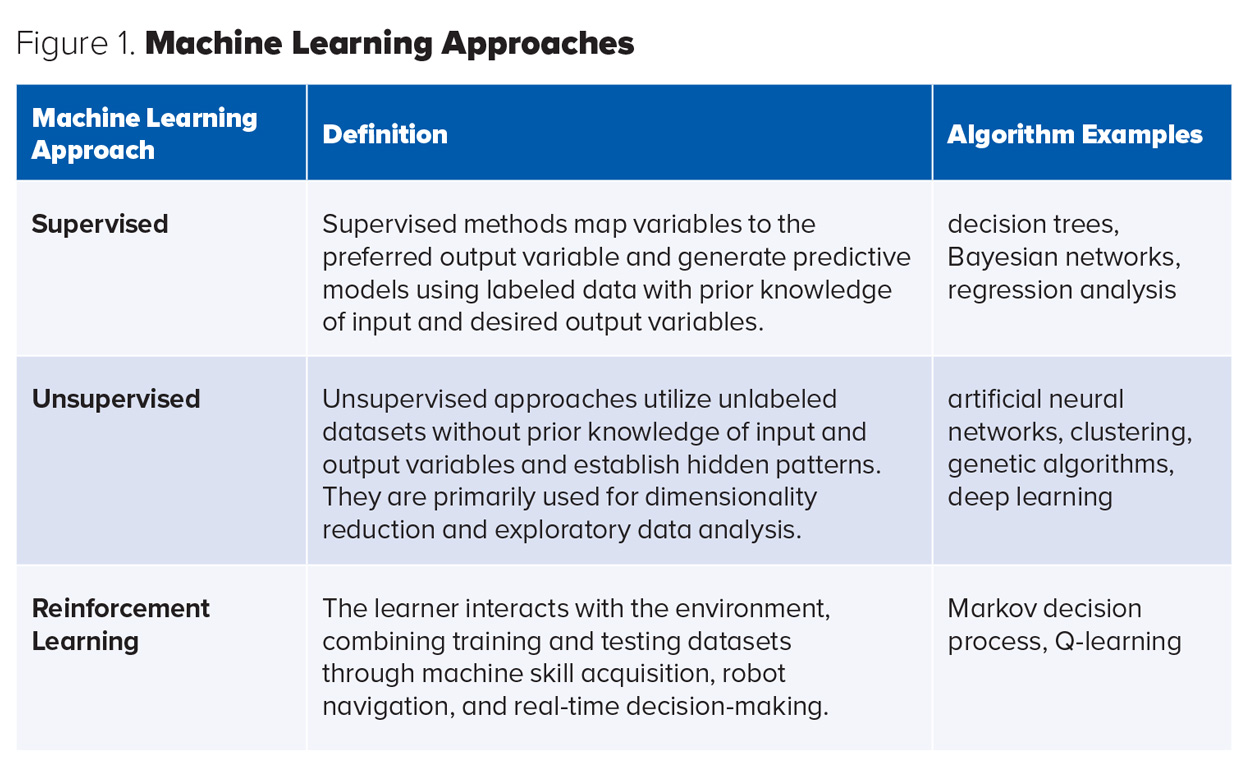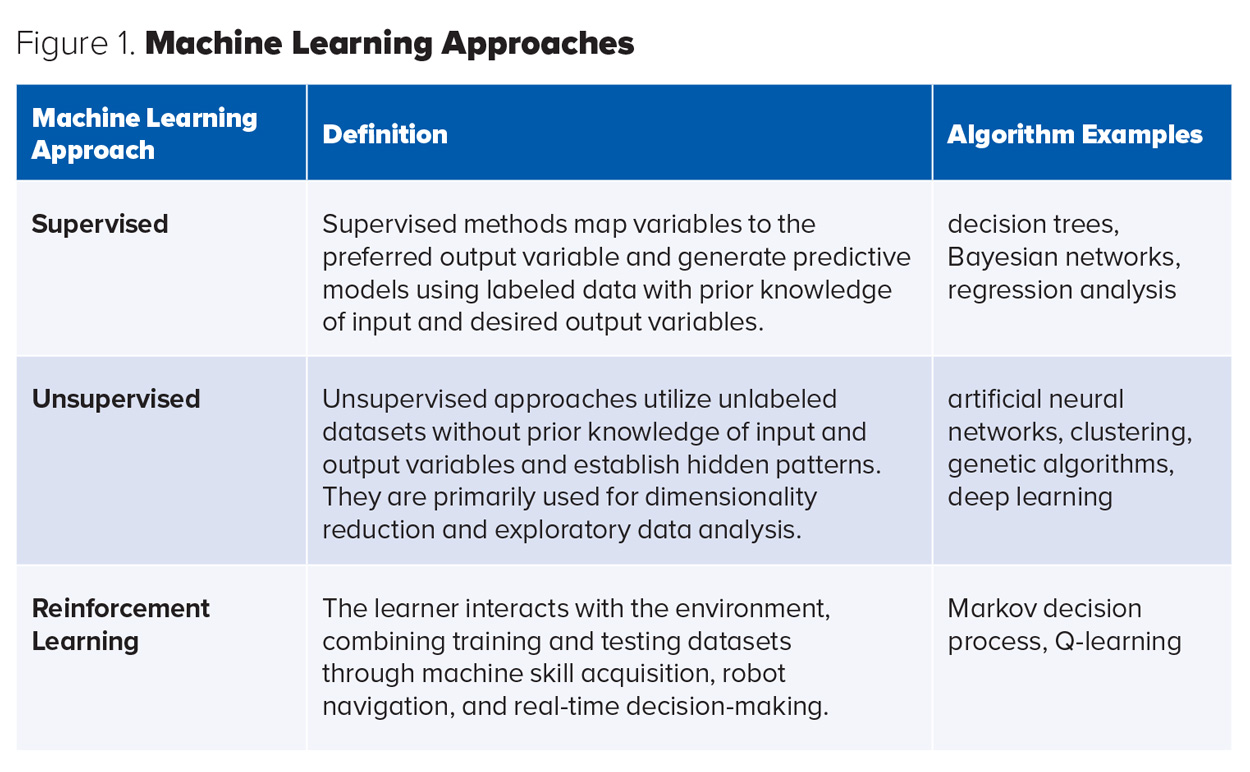Machine Learning Powers Better Predictive Modeling
Processing | APPLIED SCIENCE
Food manufacturing systems and supply chains are finding exponentially greater uses for computing networks. Data collected from equipment, sensors, and customers in food product and supply chains are being utilized in quality assurance, productivity, traceability, and enterprise resource planning.
These computer networks are being combined with predictive modeling to support smart decision-making, from individual process lines up to enterprise planning levels. Classical predictive approaches, however, rarely incorporate uncertainties. They may also introduce pitfalls such as lack of expertise in model development and selection, biases caused by outliers, and the difficulty of capturing nonlinear trends.
It all adds up to an expanding need for targeted handling of high-volume and quality data through models that can be “trained” through implementation of sensors.
AI in Food Processing Research
Food process engineering researchers already are adopting a variety of artificial intelligence (AI) methods, such as artificial neural networks (ANNs), fuzzy logic (FL), expert systems (ESs), and adaptive neuro-fuzzy inference systems (ANFISs). Researchers are using these AI methods to estimate process and product parameters for drying, coffee dry milling, bakery products, extraction, sensory evaluation, smart packaging, and food waste (Mavani et al. 2022).
The predictive power of AI in food process operations stems from subsets of AI such as machine learning (ML) and deep learning (DL) algorithms. Machine learning uses statistical and mathematical methods to learn from datasets and improve predictive capabilities and the accuracy of tasks (Figure 1). Machine learning approaches are particularly powerful when the physical and biological phenomena are extremely complex, high data variation exists, and adaptation is required.
A research group led by Nik Watson at the University of Nottingham, England, has reviewed a combination of novel sensors and AI, specifically ML algorithms (Watson et al. 2021). The group’s four case studies demonstrated numerous combined sensor/ML approaches obtained from real world process operations. They implemented ML approaches such as regression analysis, artificial neural networks, and linear discriminant analysis to assess optimal honey and water mixing with ultrasonic sensors, predictive clean-in-place with fouling detection from ultrasonic and optical sensors, fermentation monitoring with ultrasound sensors, and potato quality and dry matter with near-infrared sensor and color vision. The researchers concluded that there is a need to address methodological and technological challenges such as development of novel connected sensors and devices, selection of the most suitable models, and barriers against adoption such as trust and transparency.
Researchers from Wageningen University & Research, Netherlands, and the Universidad Politécnica de Cartagena, Spain, recently assessed nine different predictive models, including linear regression and ML-based models such as tree-based methods, spline regression, regularization applied to planning, and data processed from fruit and vegetable juice manufacturing (Garre et al. 2020). Each model included parameters like type of filler, number of tanks, type of packaging, and physiochemical properties of the product from 1,795 batches throughout 10 months in a supervisory control and data acquisition (SCADA) system. The tree-based models outperformed the classical statistical approaches in predicting food waste due to overproduction, which was attributed to the linear models having to capture high variability and uncertainty in data.
A research group led by the Hong Kong University of Science and Technology adopted a hybrid modeling framework involving a mechanistic and ML genetic algorithm to formulate chocolate chip cookies with respect to organoleptic characteristics and ratings (Zhang et al. 2019). In another study, researchers from Poland led by Wojciech Juzwa utilized the ML module of IDEAS commercial software to characterize microbial aggregates in biofilms formed on food processing equipment surfaces (Konieczny et al. 2021). At Universiti Kebangsaan Malaysia, researchers have created an extensive guideline to various AI methods for food processing (Mavani et al. 2022).
Food Industry AI on the Rise
Artificial intelligence applications in the food industry currently focus on vision-based food sorting, classification and prediction of parameters, quality control, consumer flavor profiling, food safety, and supply chain management. For example, TOMRA, a Norway-based postharvest processing company, launched the LUCAi AI-based platform for optical blueberry sorting in 2019. The software includes AI algorithms trained from five years of historical data comprising 250,000 individually classified images. In 2021, the company also introduced the deep learning–based sorting technology GAIN for post-consumer polyethylene sorting lines.
UK-based Winnow provides an AI-assisted vision system to predict food waste in commercial kitchens, while Japanese food company Kewpie employs Google’s TensorFlow, an unsupervised ML method, to identify anomalies in potatoes that will be used in product formulations.
“The ongoing pandemic pushed us to design and conduct assessments for decision-making heuristics related to data collection, AI adoption, and digitalization,” says Niranjan Kulkarni, senior director of consulting services at CRB Group, a U.S.-based facility design, engineering, construction, and consulting firm. “The major traction of ML in the food process industry is coming from predictive maintenance replacing frequency-based maintenance in plant operations. This helps to prepare for the perfect storm caused by downtimes, machine stoppages, and equipment blocking, whether it is ordering spare parts or scheduling maintenance.
“Addressing the variability in product formulations, process conditions, and equipment causing failure enables planning and correcting workflows and product flows with significant cost and resource savings while maintaining performance indicators,” adds Kulkarni.
Even when an acceptable level of prediction is achieved, however, finding the optimal combination of parameters to increase efficiency and product quality while reducing resource use should still be a goal. Although it can be challenging to achieve, the ready availability of AI models that integrate and transform sensor data into useful actions for operators will be required for acceptance of AI-based software and hardware in the industry.
Challenges Lie Ahead
Despite their advantages for improving practices in food manufacturing and supply chains, ML algorithms are not being fully utilized in actual production planning frameworks because of factors related to technology readiness levels and costs. For example, the high cost of sensors to obtain product and process information from plant floor operations, along with a lack of effective methods to organize data from sensors into meaningful operational knowledge, creates major barriers to widespread ML implementation (Watson et al. 2021). Other barriers include limited deployment of sensor-fusion approaches that can harmonize the collected data, and extra challenges related to data security, reliability, and latency, all of which are fundamental for fast-paced plant operations.
Methodology issues related to AI also present hurdles, such as lack of model assessment coefficients. Assessment is more straightforward for simple algorithms like regression trees, but it is challenging for more sophisticated algorithms. The disadvantages of AI algorithms such as ANN, FL, ES, and ANFIS can include lack of reliable data, construction of algorithms, generalization, a need for specific expertise, and difficulty in communicating with nonexperts using field-specific jargons (Mavani et al. 2022, Watson et al. 2021). Training supervised ML algorithms with highly variable and numerous data from products and processes can be limited by the number of resources available to produce sufficient data.
Despite increasing digitalization, the food industry is still driven by humans from production to consumer end use. How well digital strategies integrate the human element in terms of customization, service, enterprise, and workforce will likely determine the extent of AI success in the industry.
Learning Objectives
- Learn the fundamentals of artificial intelligence (AI) and how AI is currently utilized in food manufacturing.
- Assess the role of AI subsets such as machine learning and deep learning in current automation and control systems in food processing.
- Understand what kinds of new AI advancements are available in the market.
- Analyze the shortcomings of AI compared with current mechanistic approaches in food science research.




